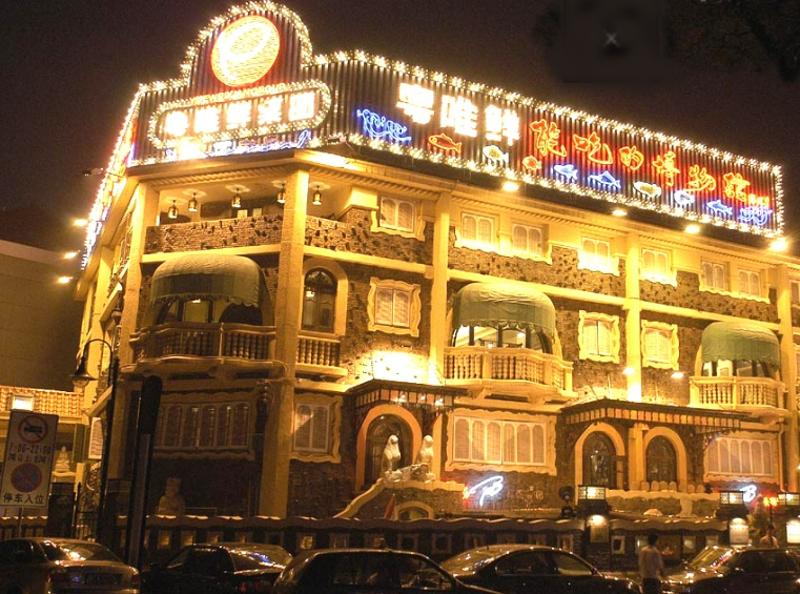Exploring Tianjin's Huayun Museum on Five Avenues
In the heart of Tianjin's Five Avenues area stands a quaint brick-red building, the Huayun Museum. It is hailed as a "living fossil" in the history of early Chinese museums.

Reference: Tianjin Wudadao: A Cultural and Historical Tourism Area
Development History
Founded by French museologist Sang Zhihua in 1914, the Huayun Museum consists of the North Tower, exhibition halls, and the South Tower. It is the only museum in China to preserve its original site, architecture, collections, display cabinets, and historical documents intact since its establishment.
In the 1930s, the Huayun Museum had already become a world-class institution, serving as a bridge for cultural exchanges between East and West. Today, after renovations, it is fully open to the public, housing over 200,000 items including specimens of various animals, plants, fossils, ancient humans, rocks, minerals, and historical artifacts, enriching every visitor with vivid historical and cultural experiences.
The Museum You Can Taste
Situated near the Five Avenues, Huayun Museum is not just a restaurant; it is also known as the "Museum You Can Taste." Renowned Chinese author Feng Jicai once coined it as such, emphasizing its unique charm. The museum displays over 3,000 artifacts, ranging from bronze, copper, wood carvings, stone carvings, old doors and windows, painted wooden figures, smoking utensils, screens, clocks, tables, chairs, wooden boxes, ironware, and bells, dating back to as early as 2,000 to 3,000 years ago.
Notably, it features the world's first stone bar. The stone bar of Huayun Museum showcases over 300 pieces of Han Baiyu (white jade) from various dynasties including Northern Qi, Northern Wei, Song, Yuan, Ming, and Qing. With a blend of Eastern and Western styles, the stone bar exudes a quaint yet modern ambiance, making it a charming venue for cultural exchanges.
Question and Answer Session
Q1: What is the historical significance of the Huayun Museum?
A1: The Huayun Museum is Tianjin's first private museum and a cultural relic protection unit of the city. It is also rated as a national 3A-level tourist attraction. Located at No. 283 Hebei Road in Tianjin's Heping District, this comprehensive museum showcases a wide range of cultural artifacts, including bronze, copper, stone carvings, and wooden sculptures from various historical periods, spanning from the Western Zhou Dynasty to the Qing Dynasty. The total number of exhibits exceeds 2,000, with an estimated value of over 300 million RMB according to the cultural relics department.
Q2: What are the unique features of the Huayun Museum and the Yuet Weisen Restaurant?
A2: The Yuet Weisen Restaurant, located near the Five Avenues, is not just a restaurant but also a unique museum. Feng Jicai, a renowned Chinese author, aptly described it as the "Museum You Can Taste," highlighting its distinctive appeal. The museum showcases over 3,000 artifacts, including bronze, copper, wood carvings, stone carvings, old doors and windows, painted wooden figures, smoking utensils, screens, clocks, tables, chairs, wooden boxes, ironware, and bells, some of which date back 2,000 to 3,000 years ago. The most remarkable feature is the world's first stone bar, which exhibits over 300 pieces of Han Baiyu from various dynasties, combining Eastern and Western styles in its design, creating a charming ambiance for cultural exchanges.
note: This return of all, without the author's permission, may not be reproduced